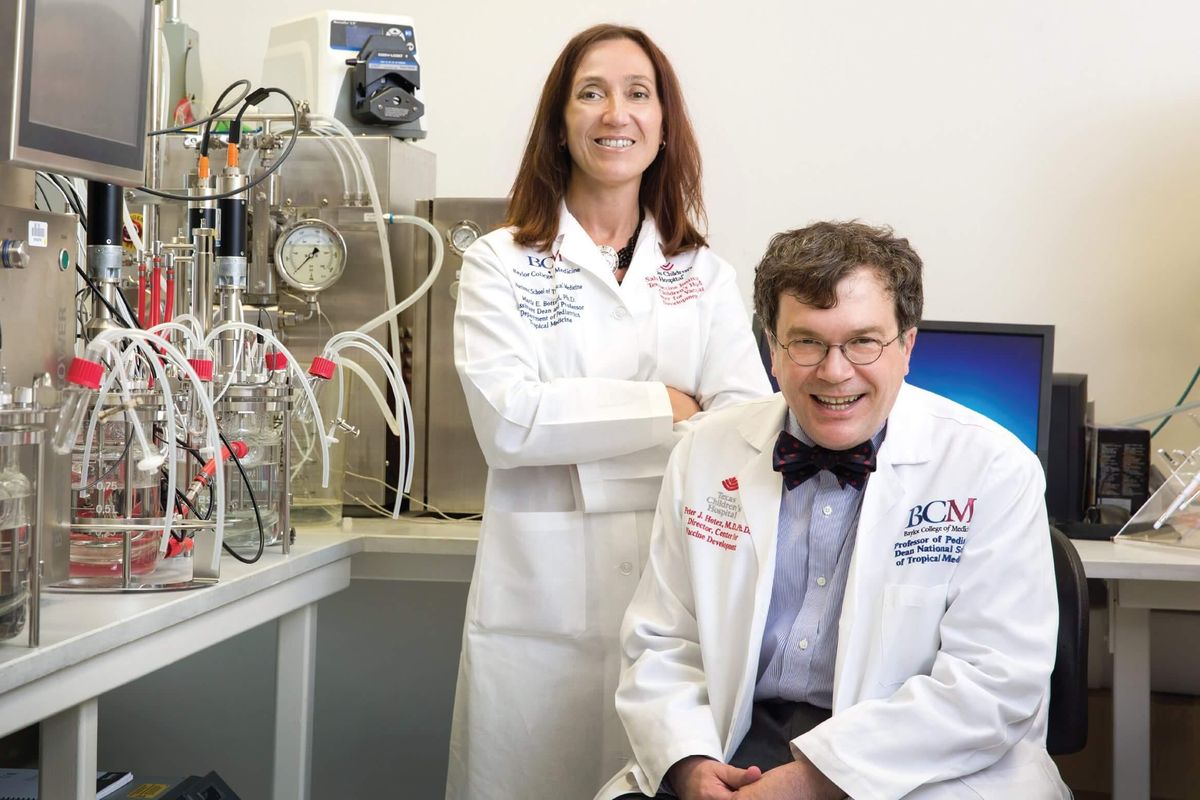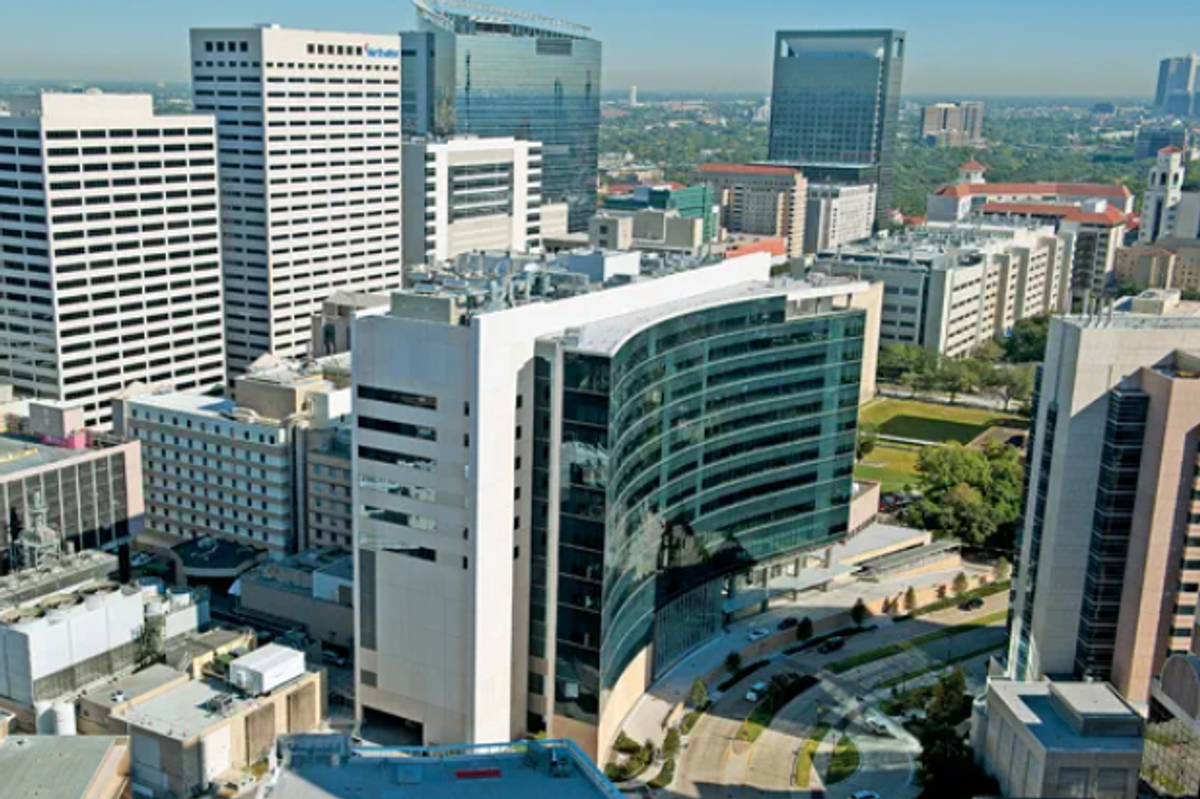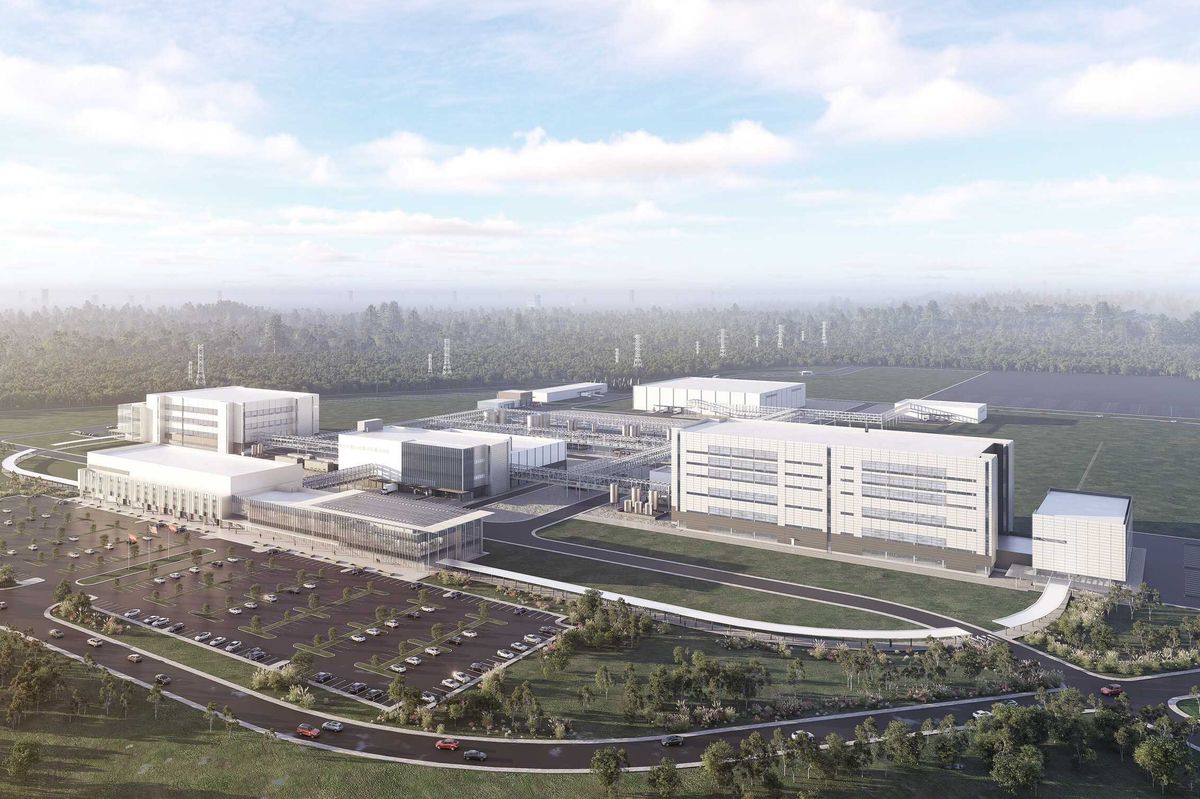Houston college lands $5M NASA grant to launch new aerospace research center
to infinity and beyond
The University of Houston was one of seven minority-serving institutions to receive a nearly $5 million grant this month to support aerospace research focused on extending human presence on the moon and Mars.
The $4,996,136 grant over five years is funded by the NASA Office of STEM Engagement Minority University Research and Education Project (MUREP) Institutional Research Opportunity (MIRO) program. It will go toward creating the NASA MIRO Inflatable Deployable Environments and Adaptive Space Systems (IDEAS2) Center at UH, according to a statement from the university.
“The vision of the IDEAS2 Center is to become a premier national innovation hub that propels NASA-centric, state-of-the-art research and promotes 21st-century aerospace education,” Karolos Grigoriadis, Moores Professor of Mechanical Engineering and director of aerospace engineering at UH, said in a statement.
Another goal of the grant is to develop the next generation of aerospace professionals.
Graduate, undergraduate and even middle and high school students will conduct research out of IDEAS2 and work closely with the Johnson Space Center, located in the Houston area.
The center will collaborate with Texas A&M University, Houston Community College, San Jacinto College and Stanford University.
Grigoriadis will lead the center. Dimitris Lagoudas, from Texas A&M University, and Olga Bannova, UH's research professor of Mechanical Engineering and director of the Space Architecture graduate program, will serve as associate directors.
"Our mission is to establish a sustainable nexus of excellence in aerospace engineering research and education supported by targeted multi-institutional collaborations, strategic partnerships and diverse educational initiatives,” Grigoriadis said.
Industrial partners include Boeing, Axiom Space, Bastion Technologies and Lockheed Martin, according to UH.
UH is part of 21 higher-education institutions to receive about $45 million through NASA MUREP grants.
According to NASA, the six other universities to received about $5 million MIRO grants over five years and their projects includes:
- Alaska Pacific University in Anchorage: Alaska Pacific University Microplastics Research and Education Center
- California State University in Fullerton: SpaceIgnite Center for Advanced Research-Education in Combustion
- City University of New York, Hunter College in New York: NASA-Hunter College Center for Advanced Energy Storage for Space
- Florida Agricultural and Mechanical University in Tallahassee: Integrative Space Additive Manufacturing: Opportunities for Workforce-Development in NASA Related Materials Research and Education
- New Jersey Institute of Technology in Newark:AI Powered Solar Eruption Center of Excellence in Research and Education
- University of Illinois in Chicago: Center for In-Space Manufacturing: Recycling and Regolith Processing
Fourteen other institutions will receive up to $750,000 each over the course of a three-year period. Those include:
- University of Mississippi
- University of Alabama in Huntsville
- Louisiana State University in Baton Rouge
- West Virginia University in Morgantown
- University of Puerto Rico in San Juan
- Desert Research Institute, Reno, Nevada
- Oklahoma State University in Stillwater
- Iowa State University in Ames
- University of Alaska Fairbanks in Fairbanks
- University of the Virgin Islands in Charlotte Amalie
- University of Hawaii at Manoa in Honolulu
- University of Idaho in Moscow
- University of Arkansas in Little Rock
- South Dakota School of Mines and Technology in Rapid City
- Satellite Datastreams
NASA's MUREP hosted its annual "Space Tank" pitch event at Space Center Houston last month. Teams from across the country — including three Texas teams — pitched business plans based on NASA-originated technology. Click here to learn more about the seven finalists.





















